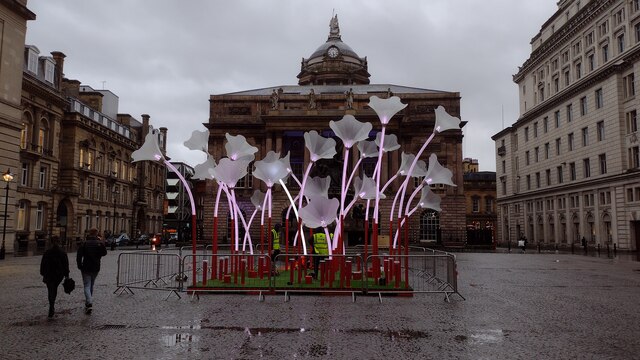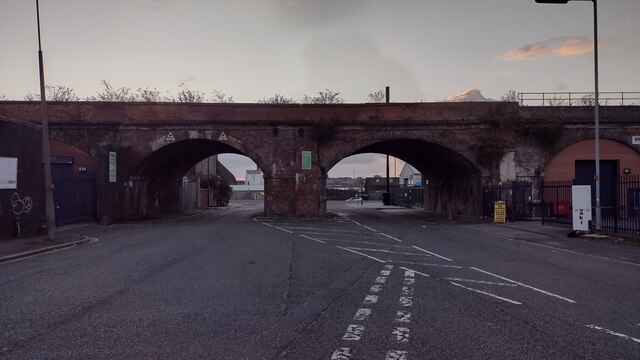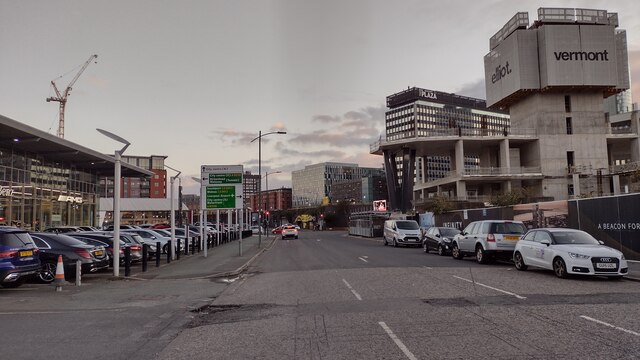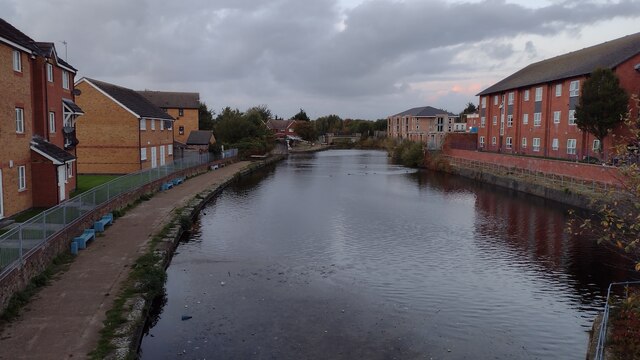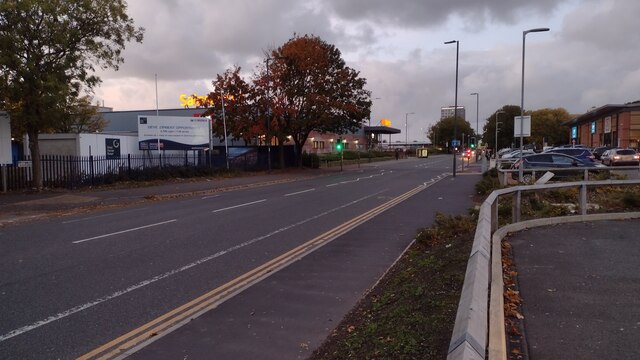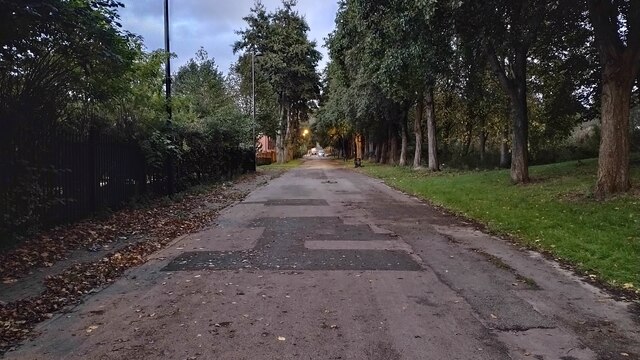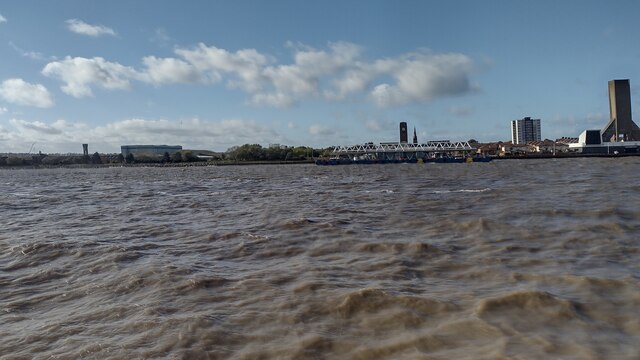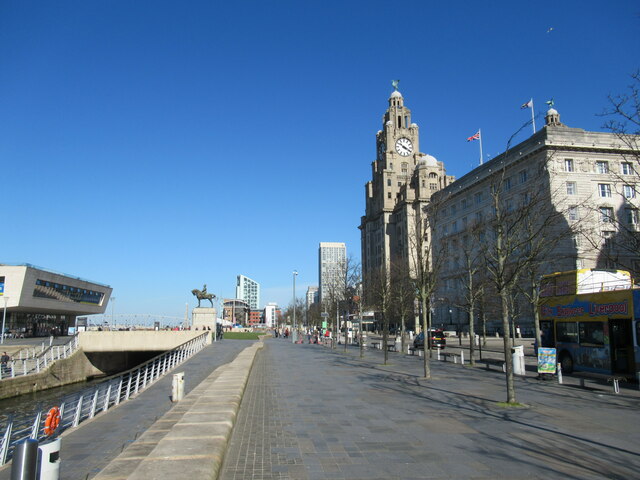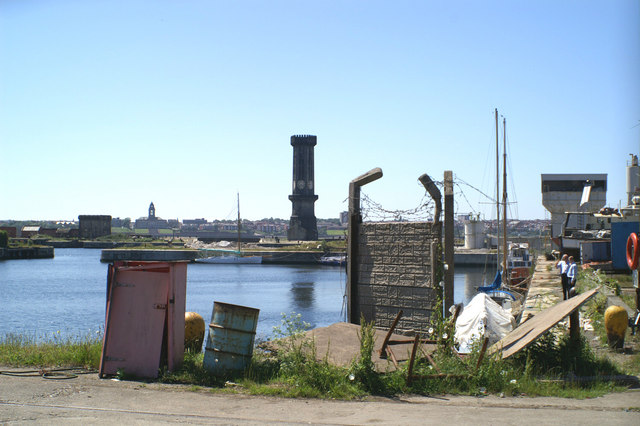Salisbury Pier Head
Landscape Feature in Lancashire
England
Salisbury Pier Head
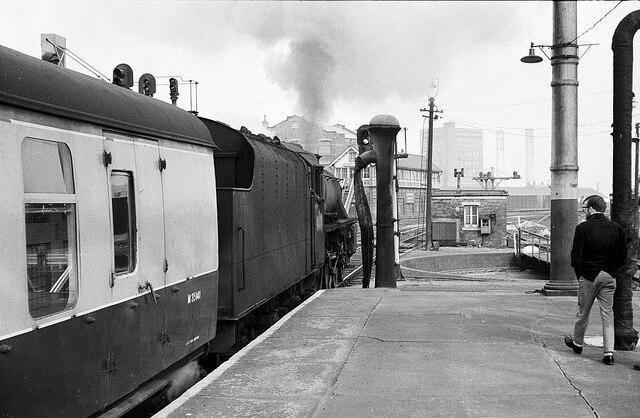
Salisbury Pier Head is a prominent landscape feature located in Lancashire, England. Situated on the coast of the Irish Sea, this pier head serves as a bustling hub for both locals and tourists alike.
The pier head itself is a long, wooden structure that extends out into the sea, providing stunning views of the surrounding area. It is a popular spot for fishing enthusiasts, who can often be seen casting their lines into the deep blue waters below. The pier head is also a great place for leisurely strolls, allowing visitors to take in the fresh sea air and enjoy the peaceful ambiance.
Surrounding the pier head are several amenities that enhance the overall experience of visiting Salisbury Pier Head. There is a small café that offers refreshments and snacks, perfect for those looking to take a break and enjoy a light meal while soaking in the beautiful scenery. Additionally, there are seating areas and benches strategically placed along the pier head, providing ample opportunities for visitors to relax and unwind.
The landscape surrounding Salisbury Pier Head is characterized by rugged cliffs and sandy beaches, creating a picturesque backdrop for this popular attraction. Visitors can take advantage of the nearby beach, which is perfect for sunbathing, picnicking, or simply enjoying a leisurely walk along the shore.
Overall, Salisbury Pier Head is a must-visit destination for anyone looking to experience the natural beauty of Lancashire's coastline. With its stunning views, recreational activities, and convenient amenities, it offers a memorable and enjoyable experience for all who visit.
If you have any feedback on the listing, please let us know in the comments section below.
Salisbury Pier Head Images
Images are sourced within 2km of 53.421501/-3.0046415 or Grid Reference SJ3392. Thanks to Geograph Open Source API. All images are credited.

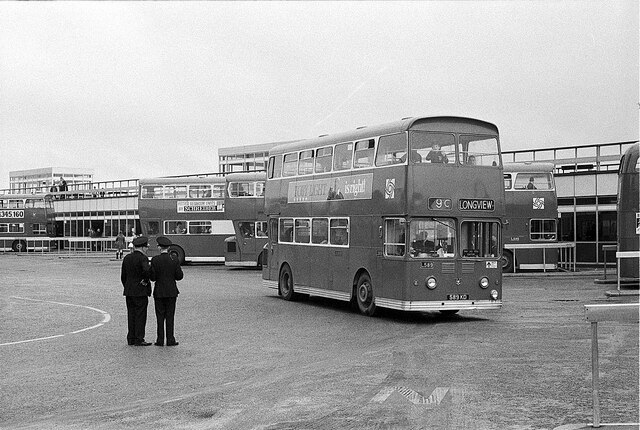


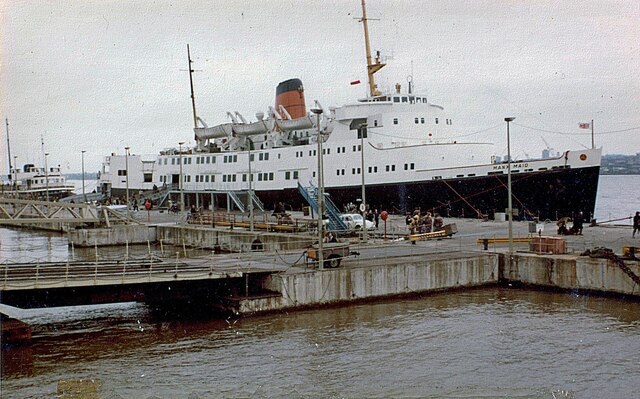
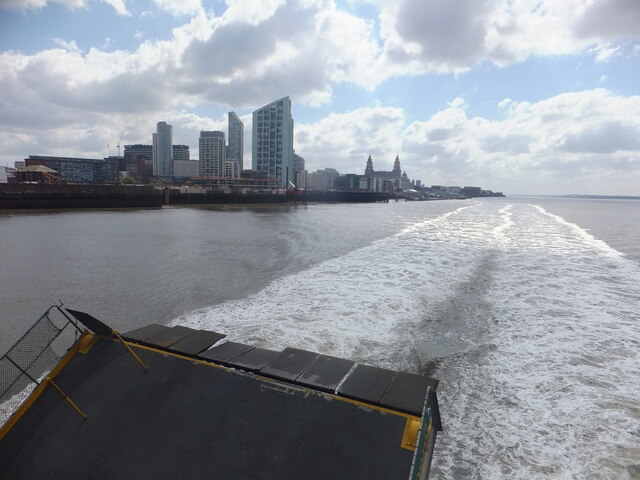
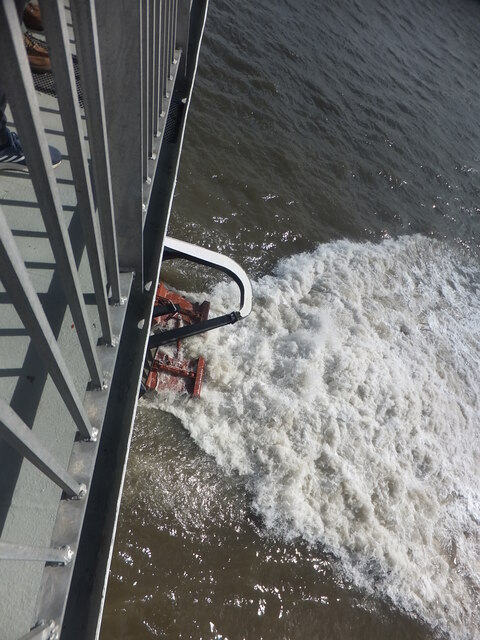
Salisbury Pier Head is located at Grid Ref: SJ3392 (Lat: 53.421501, Lng: -3.0046415)
Unitary Authority: Liverpool
Police Authority: Merseyside
What 3 Words
///gladiators.lasted.spoke. Near Liverpool, Merseyside
Nearby Locations
Related Wikis
Victoria Tower, Liverpool
Victoria Tower is a Grade II listed Gothic Revival clock tower located alongside Salisbury Dock in Liverpool, England. Positioned among the two river entrance...
Salisbury Dock
Salisbury Dock is a dock on the River Mersey, England, and part of the Port of Liverpool. It is situated in the northern dock system in Vauxhall and is...
Collingwood Dock
Collingwood Dock is a dock on the River Mersey, in England, and part of the Port of Liverpool. It is situated in the northern dock system in Vauxhall...
Nelson Dock, Liverpool
Nelson Dock is a dock on the River Mersey, England, and part of the Port of Liverpool. It is situated in the northern dock system in Vauxhall, connected...
Nearby Amenities
Located within 500m of 53.421501,-3.0046415Have you been to Salisbury Pier Head?
Leave your review of Salisbury Pier Head below (or comments, questions and feedback).
